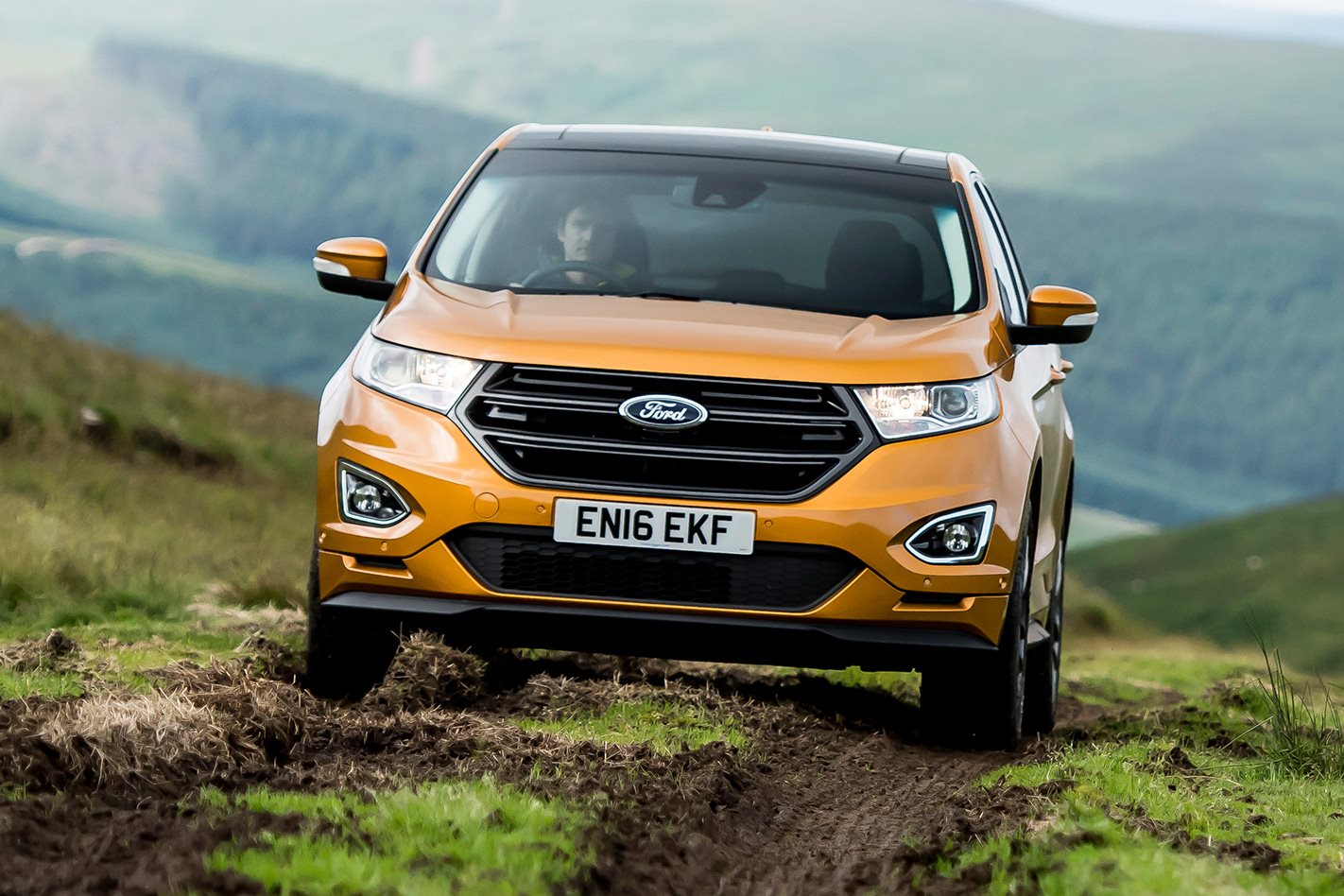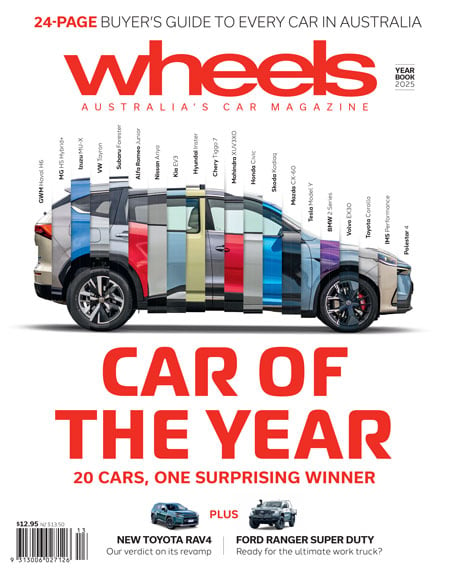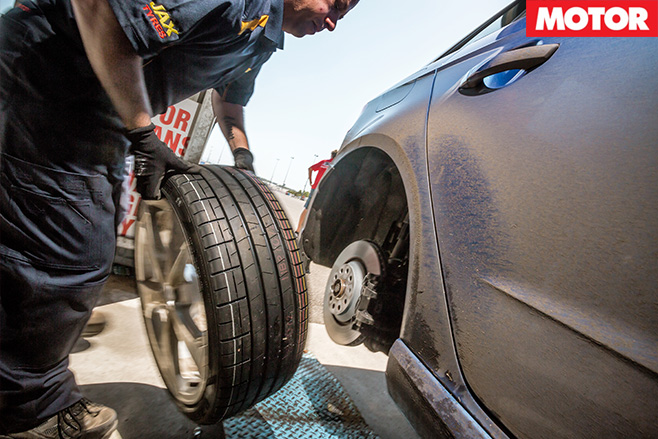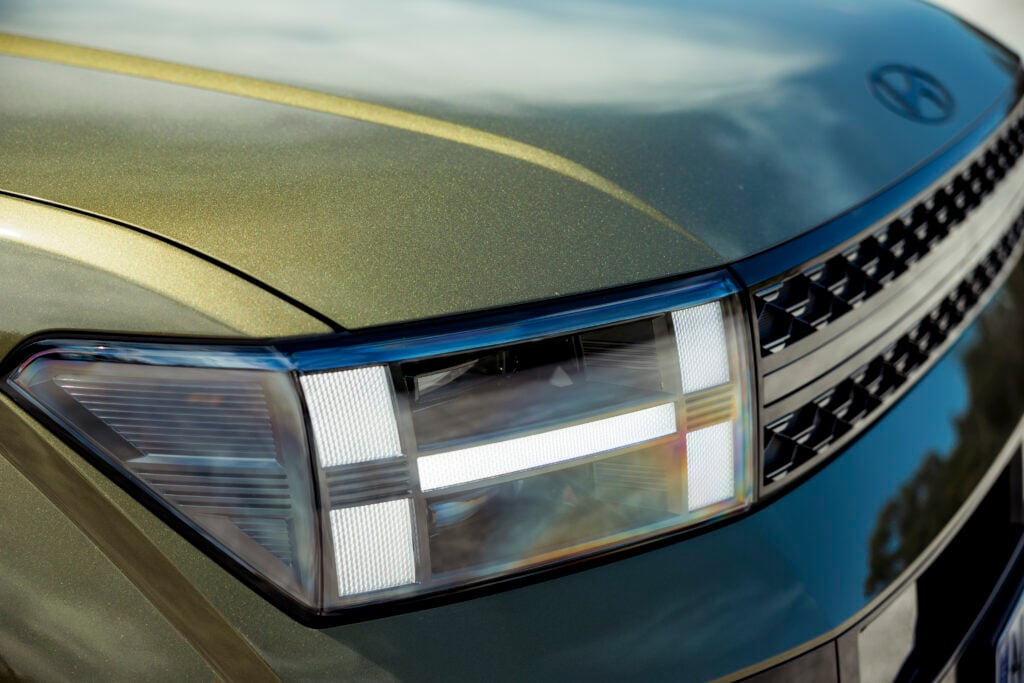FORD has given a glimpse of our motoring life in Australia once local vehicle manufacturing finishes by the end of 2017. And it’s not pretty. Or, at least, not as rosy as it has been.
Take the Ford Territory SUV, a car that arrived in 2004 with one goal – to be suited to Australians. At the time Ford made a massive deal of the Territory being designed and engineered solely for Australians, with an interior that was “endlessly adaptable to cater to the Australian lifestyle”.
In short, it was the SUV Australians didn’t know they needed but quickly decided they loved. The Territory immediately became the top-selling SUV in the country, outperforming the likes of the Toyota RAV4 and Prado along the way.
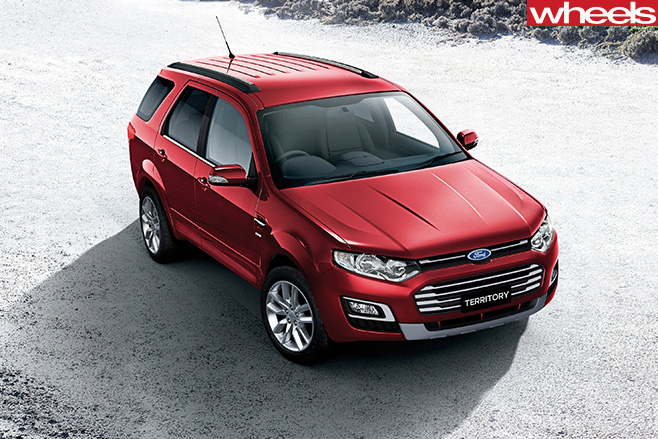
As for the replacement, well, there won’t really be one. Those wanting a seven-seat SUV with a Ford badge will have to go for the Everest, a fine SUV but one with enormous on-road compromises to ensure it can go a long way off-road. Those wanting a car-like SUV from Ford can have the Edge, in turn getting two fewer seats than the Territory and a tow capacity at least half a tonne lower.
That’s because the Ford Edge and Everest were designed for global markets, which leads to compromises in an effort to keep everyone happy.
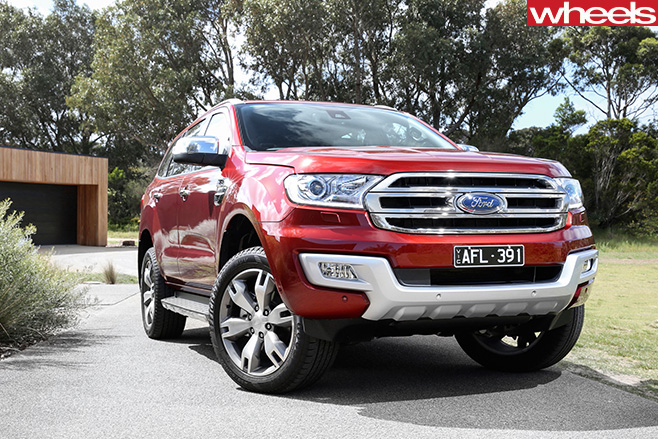
The imported Commodore will be a global car, based on the Opel Insignia. It first has to be good for Europe, its prime market, then adapted to Australia.
Previously, the Commodore was built primarily for Australia, so Australian designers and engineers got to set the ground rules.
That imported Commodore won’t get a V8 engine, for example, something all Commodores to date have had. It also won’t get a sedan body style, instead reverting to a hatchback.
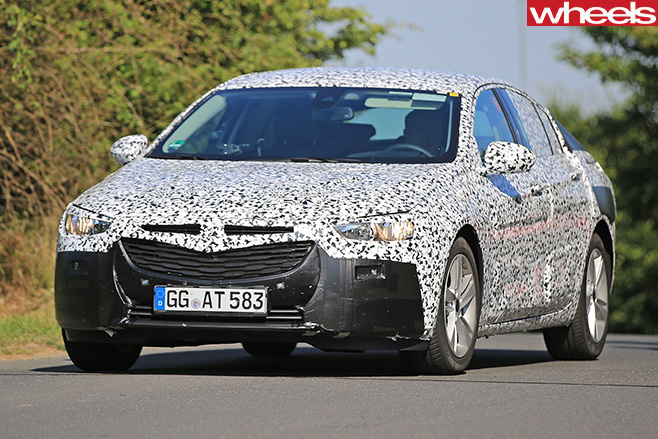
Many might point to pricing as the one area we’ll be better off once all cars are imported. After all, cars are cheaper overseas, right?
Well, no.
Sure, when our dollar was surging beyond US$1 the price of cars was more affordable in some countries. But now our currency is not as strong our $20,000 small cars suddenly look very appealing. Put that one down to competition, with the likes of Hyundai desperate to grow market share – and pricing cars accordingly.
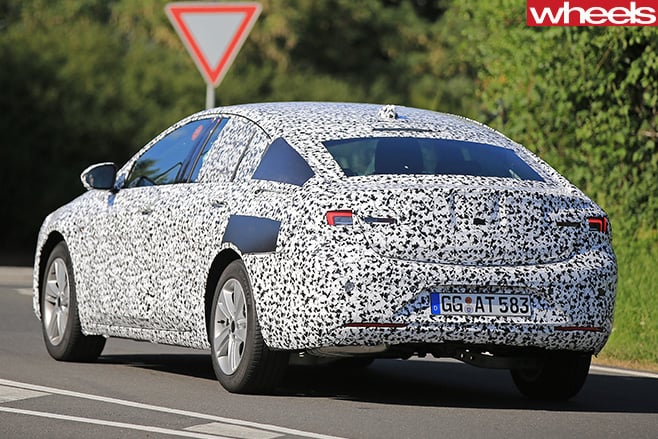
Of course, the one advantage an open market has brought Australian car buyers is choice. We have some 60 brands to choose from offering hundreds of models. That alone ensures competition and competitive pricing.
But that choice also means in some cases we’ll have cars that may not be as well suited to Australia and Australian tastes.

